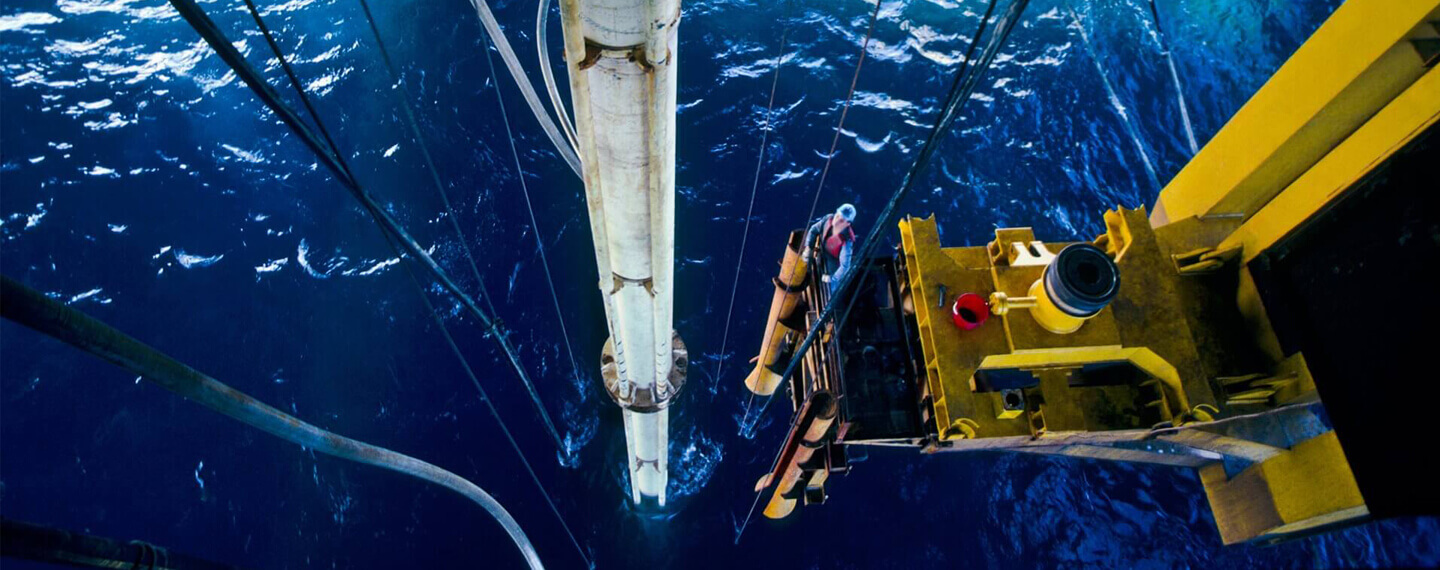You are currently viewing the James Walker Global website.
You are currently viewing the James Walker Global website.

The critical risks to assess when considering the interaction between methanol and elastomer seals is the extent of the changes in physical properties, and the impact these may have on the seal.
March 8, 2022Methanol induced swelling and softening is a physical effect and is reversible when the methanol is removed. This is in contrast to chemical attack where any damage is not reversible and will propagate over time.
A seal that swells or softens may be more susceptible to extrusion damage at high pressures, it may not be able to cater for changes in direction of pressure or dynamic sealing applications such as valves or pumps. Seals that are already under load may suffer damage or a reduction in sealing capability leading to leakage.
These factors must be considered even where exposure is for a relatively short period of time; hours, days or weeks, as physical changes are known to occur quickly.
Testing for methanol resistance is typically carried out using an immersion type test, where samples are immersed in methanol, or a methanol containing fluid mixture at a specific temperature. It is common for samples to be removed at specific intervals. Their physical characteristics will be evaluated, typically looking for changes in volume, hardness and tensile properties. Where physical interaction rather than chemical attack is the main factor, it is common for the rate of change to plateau over time, although the length of time can vary depending on the material, the fluid and the test temperature.
Elastomer types:
HNBRs are compatible with pure methanol and all methanol/water mixtures. Some methanol/hydrocarbon mixtures can cause some swelling and softening although often the extent of changes in physical properties are considered acceptable by equipment operators after careful consideration of test data.
NBRs offer similar properties to HNBRs with regard to resistance to methanol.
Standard fluoroelastomers (FKM) such as those based on A or GLT type fluoropolymers will swell and soften greatly in pure methanol and typically pure methanol in hydrocarbon flow streams should not exceed 5%. Test data indicates that the presence of water in the methanol can significantly improve properties, improving compatibility with these FKMs.
The development of new high fluorine FKM grades offer significantly improved resistance to the presence of methanol. Our Vermilion One and Vermilion Two materials are based on these high fluorine FKMs and have excellent compatibility with pure methanol, thus offering full advantages of an FKM in a methanol containing environment.
Aflas-based materials such as our Vermilion Six FEPM offer excellent resistance to methanol, although at a potential compromise in other areas of performance such as low temperature capability or resistance to rapid gas decompression events.
Identifying an exact grade of elastomer can involve the consideration of a number of factors. James Walker’s material engineering team are highly skilled in material selection and are always happy to review your requirements, working with you to identify an appropriate solution.


Want to discuss your project, engineering or materials challenge expert to expert? Simply provide us with your contact details and a little information about the application you are working on, and one of our experts will contact you as soon as possible.